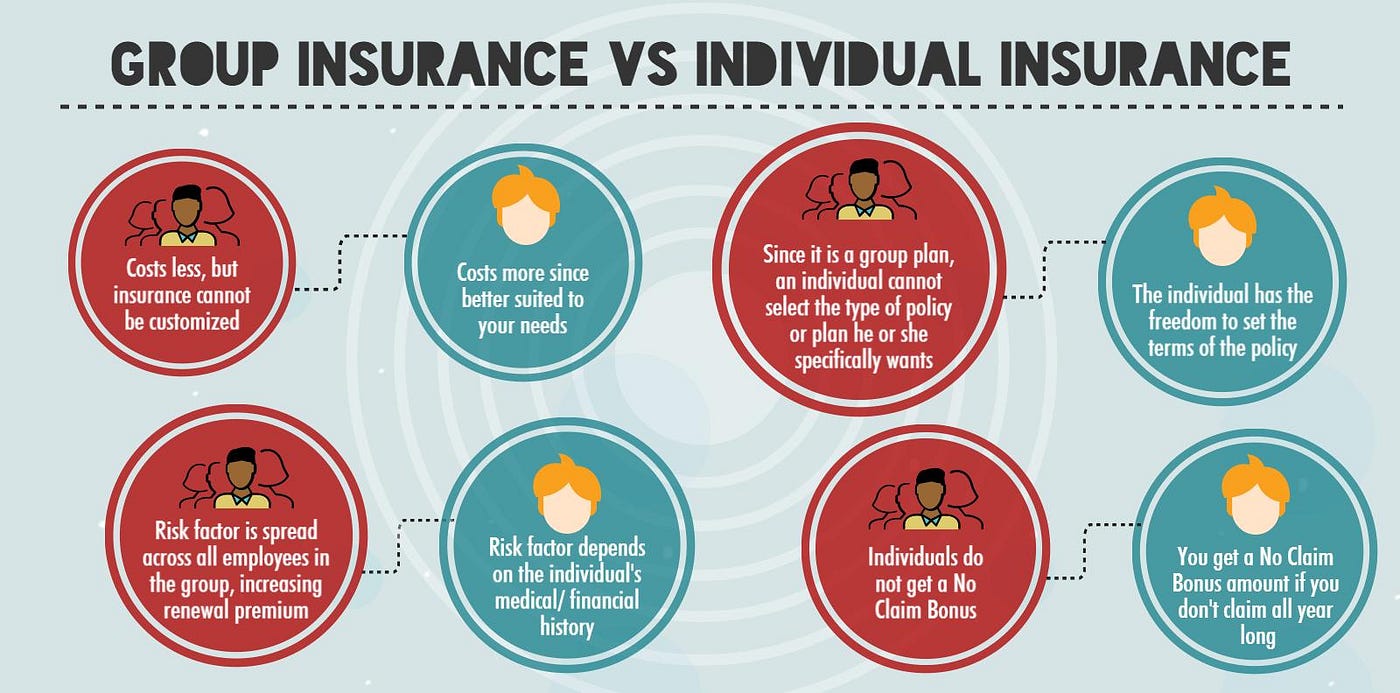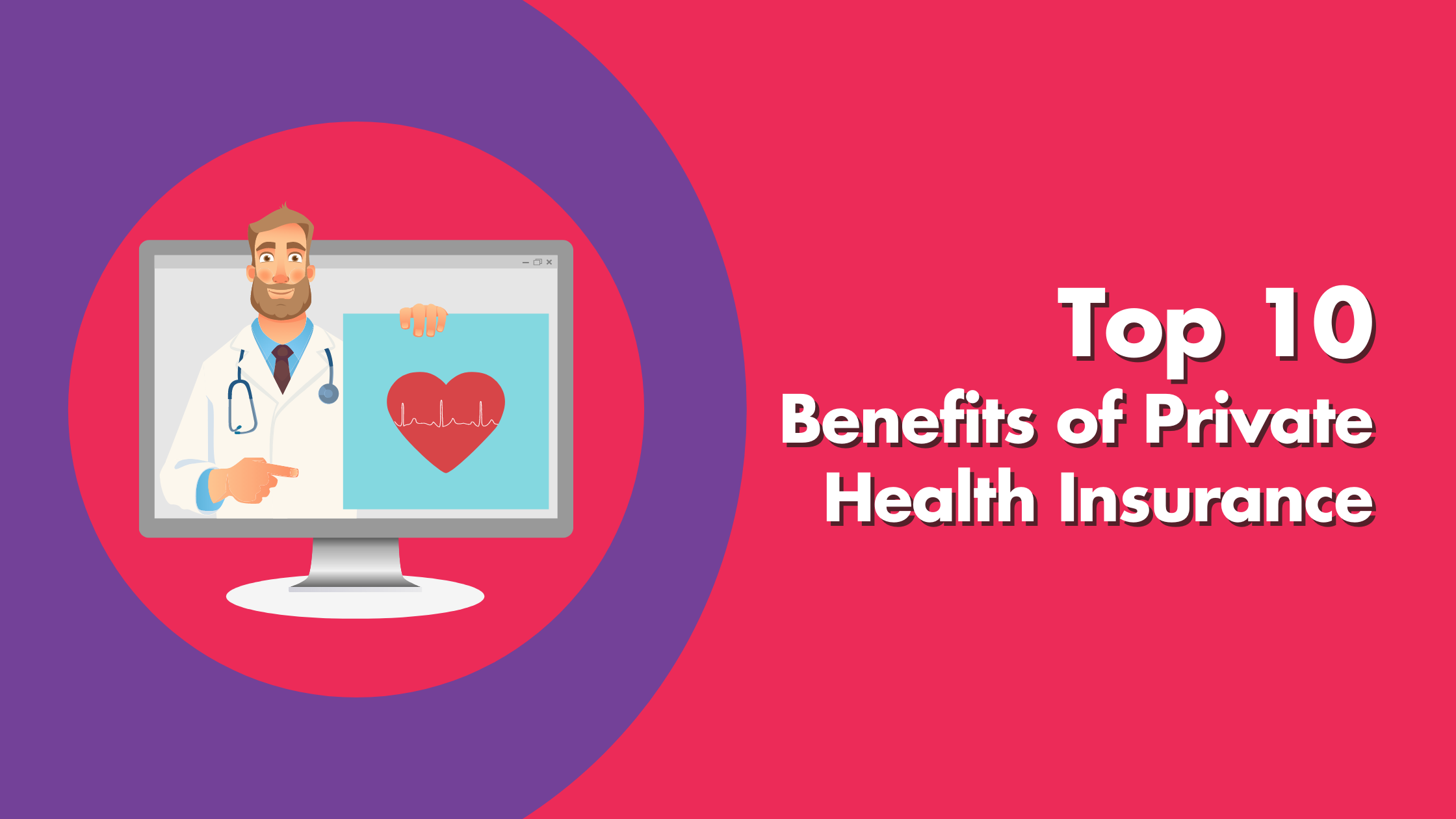The Greatest Guide To Medicare Advantage Agent
The Greatest Guide To Medicare Advantage Agent
Blog Article
Facts About Medicare Advantage Agent Revealed
Table of ContentsMedicare Advantage Agent Things To Know Before You Get ThisHow Medicare Advantage Agent can Save You Time, Stress, and Money.Unknown Facts About Medicare Advantage Agent

complies with from puzzling the relatively young age account of the uninsured with the better wellness, usually, of more youthful persons. This covers the link between health status and wellness insurance policy. For those without accessibility to work environment medical insurance, poor wellness is a prospective barrier to buying nongroup insurance coverage due to the fact that such insurance coverage may be extremely valued, exclude preexisting conditions, or be just inaccessible. The number of without insurance Americans is not especially huge and has not transformed in the last few years. Seven out of 10 respondents in an across the country depictive study thought that less Americans did not have medical insurance than actually do(Fronstin, 1998). About half(47 percent )thought that the number of individuals without medical insurance decreased or stayed consistent over the latter half of the last years(Blendon et al., 1999). This drop of nearly 2 million in the number of individuals 'without insurance (a reduction
of around 4 percent)is certainly a favorable adjustment. With a softer economic situation in 2000 the latest reported gains in insurance policy protection might not continue(Fronstin, 2001 ). The decline in the number of without insurance will not continue if the economic climate continues to be sluggish and wellness treatment prices continue to exceed rising cost of living. This is since the information were accumulated for a duration of strong financial performance. Of the estimated 42 million people who were without insurance, just about regarding 420,000(regarding 1 percent)were under 65 years of age, the age at which most Americans become eligible for Medicare; 32 million were adults between ages 18 and 65, about 19 percent of all grownups in this age group; and 10 million were children under 18 years of age, regarding 13.9 percent of all kids (Mills, 2000). These quotes of the variety of individuals without insurance are created from the yearly March Supplement to the Current Population Survey (CPS), conducted by the Demographics Bureau. Unless or else kept in mind, national quotes of individuals without wellness insurance policy and percentages of the population with various sort of coverage are based on the CPS, the most extensively used source of price quotes of insurance policy protection and uninsurance prices. These surveys and the quotes they generate are explained briefly in Table B. 1 in Appendix B - Medicare Advantage Agent. These surveys differ in dimension and sampling approaches, the concerns that are asked regarding insurance
Medicare Advantage Agent for Beginners
insurance coverage, and the moment period over which insurance coverage or uninsurance is gauged(Lewis et al., 1998, Fronstin, 2000a ). Still, the CPS is particularly useful because it generates annual price quotes fairly swiftly, reporting the previous year's insurance policy coverage approximates each September, and due to the fact that it is the basis for a regular set of price quotes for even more than two decades, permitting for evaluation of patterns in coverage with time.

Not known Details About Medicare Advantage Agent
Over a three-year period starting early in 1993, 72 million individuals, 29 percent of the U.S. populace, lacked insurance coverage for at the very least one month. Within a solitary year(1994), 53 million people experienced at the very least a month without insurance coverage(Bennefield, 1998a). Six out of every ten without insurance adults are themselves employed. Working does boost the probability that one and one's household participants will have insurance coverage, it is not a guarantee. Also members of households with two permanent wage income earners have nearly a one-in-ten possibility of being uninsured (9.1 percent without insurance price)(Hoffman and Pohl, 2000 ). The relationship in between medical insurance and accessibility to care is well established, as recorded later in this phase. Although the relationship in between health insurance policy and health and wellness end results is neither direct nor easy, a comprehensive medical and health and wellness solutions research literary works web links health and wellness insurance policy protection
to improved access to care, better quality, and improved individual and populace health condition. For example, the second report, on personal health and wellness results for without insurance grownups, is stood for by the inner circle of the number, go while the 3rd report, on family members health, encompasses the topics of the second report yet emphasizes a different unit of analysis, particularly, the family members. The 6th record in the series will provide info about techniques and efforts embarked on locally, statewide, or nationally to address the absence of insurance policy and its negative influences. Degrees of evaluation for taking a look at the effects of uninsurance. This discussion of medical insurance coverage concentrates largely on the U.S. population under age 65 because virtually all Americans 65 and older have Medicare or various other public insurance coverage.
It focuses particularly on those without any kind of wellness insurance for any type of size of time. The troubles dealt with by the underinsured remain in some areas comparable article to those encountered by the uninsured, although they are typically much less serious. Uninsurance and underinsurance, nonetheless, involve definitely various plan issues, and the strategies for addressing them may vary. Throughout this research and the 5 records to adhere to, the major emphasis gets on persons without any medical insurance and hence no assistance in paying for health care past what is available through charity and safety and security internet establishments. Medical insurance is an effective variable influencing invoice of treatment due to the fact that both individuals and medical professionals react to the out-of-pocket cost of services. Medical insurance, however, is neither necessary neither enough to access to clinical solutions. Nonetheless, the independent and straight result of health and wellness
insurance coverage on accessibility to health and wellness services is well established. Others will certainly acquire the healthcare they require even without health and wellness insurance, by paying for it expense or seeking it from service providers that supply care totally free or at highly subsidized prices. For still others, medical insurance alone does not make sure receipt of treatment due to various other nonfinancial barriers, such as an absence of health and wellness treatment carriers in their neighborhood, minimal access to transportation, illiteracy, or etymological and cultural differences. Formal study regarding without insurance populations in the USA dates to the late 1920s and early 1930s when the Board on the Cost of Treatment created a collection of reports regarding financing medical professional office sees and hospital stays. This concern ended up being significant as the numbers of clinically indigent climbed up during the Great Depression. Empirical researches consistently support the web link between accessibility to care and enhanced health and wellness end results(Bindman et al., 1995; Starfield, 1995 ). Having a regular source of treatment can be thought about a forecaster of access, rather than a straight measure of it, when health and wellness end results are themselves used as gain access to indications. This extension of the concept of gain access to measurement was made by the IOM Committee on Keeping An Eye On Access to Personal Healthcare Solutions(Millman, 1993, p. Whether moms and dads are insured appears to affect whether or not their kids check here get care in addition to just how much careeven if the youngsters themselves have coverage(Hanson, 1998). The wellness of parents can affect their ability to care for their children and the level of family members anxiety. Fretting about their youngsters's access to care is itself a resource of anxiety for parents. Three phases adhere to in this report. Phase 2 supplies an introduction of exactly how employment-based medical insurance, public programs and specific insurance coverage run and communicate to give comprehensive however incomplete insurance coverage of the united state populace. This includes a testimonial of historic fads and public laws affecting both public and private insurance coverage, a discussion of the interactions among the different types of insurance policy, and an assessment of why people move from one program to another or wind up

Report this page